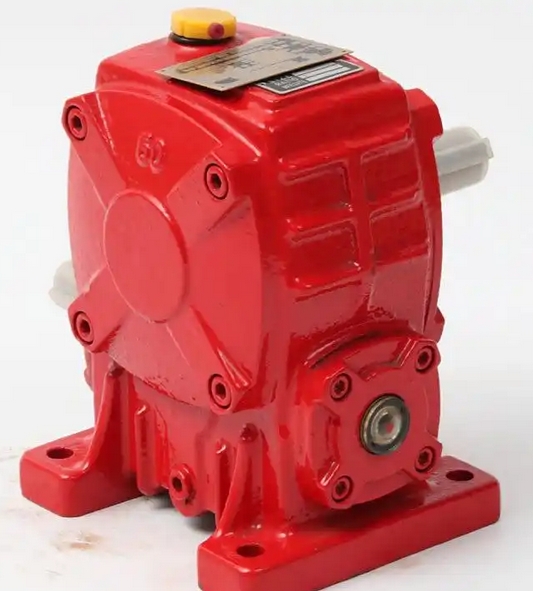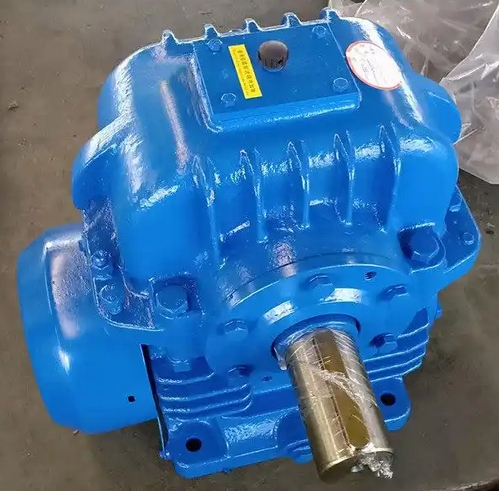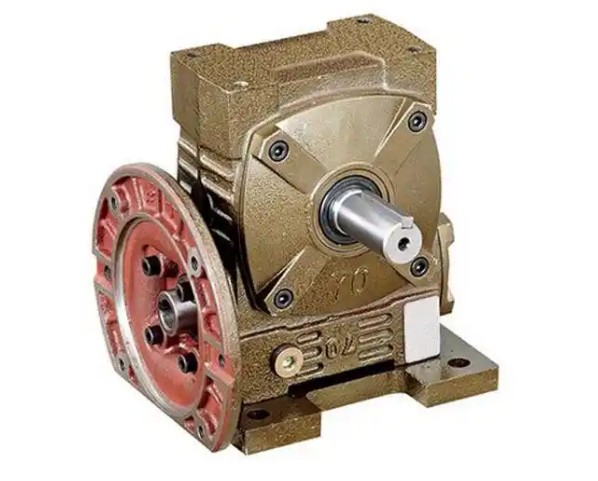What impact does low transmission efficiency have on WPA60-30-0.55KW worm gear reducer
Low transmission efficiency has the following impacts on WPA60-30-0.55KW worm gear reducer:Increased energy loss: The low transmission efficiency of worm gear reducers means that input power cannot be fully converted into output power, and a large amount of energy is lost in the form of thermal energy. For example, if the efficiency of the gearbox is 70% and the input power is 0.55KW, then the output power is only 0.385KW, and the remaining 0.165KW of energy is lost. Long term operation will increase electricity consumption and increase usage costs.

Severe heating: Due to significant energy loss, a large amount of energy is converted into thermal energy, which can cause the temperature of the gearbox to rise. When operating continuously and with inadequate heat dissipation measures, the oil temperature may rise rapidly. Excessive temperature can reduce the viscosity of the lubricating oil, damage the lubrication effect, further exacerbate component wear, and affect the service life and performance of the gearbox.
Output torque attenuation: Low transmission efficiency may be due to increased wear between the worm and worm gear, which weakens their meshing strength. Even if the input torque remains constant, the output torque of the worm gear will decrease due to meshing failure, which may not meet the load requirements and affect the normal operation of the equipment.
Decreased transmission accuracy: Low efficiency is usually accompanied by significant friction and wear, which can cause distortion of the worm gear tooth profile, such as pointed tooth tips, concave tooth surfaces, etc., resulting in periodic speed fluctuations when the worm gear rotates, significantly reducing transmission accuracy, leading to problems such as inaccurate positioning and unstable motion. For some equipment that requires high-precision transmission, this impact is particularly serious.
Increased noise: Metal debris or irregular tooth surfaces generated by wear can cause impact and vibration during meshing, resulting in sharp "clicking" sounds or continuous abnormal noises, which not only affect the working environment but may also indicate more serious equipment failures that need to be dealt with in a timely manner.
Increased risk of motor overload: In order to drive the load, when the transmission efficiency of the reducer is low, the motor needs to output greater power, which will keep the motor in a high load operating state for a long time, increasing the risk of motor overload and even causing the motor winding to burn out, affecting the stability and reliability of the entire system.



